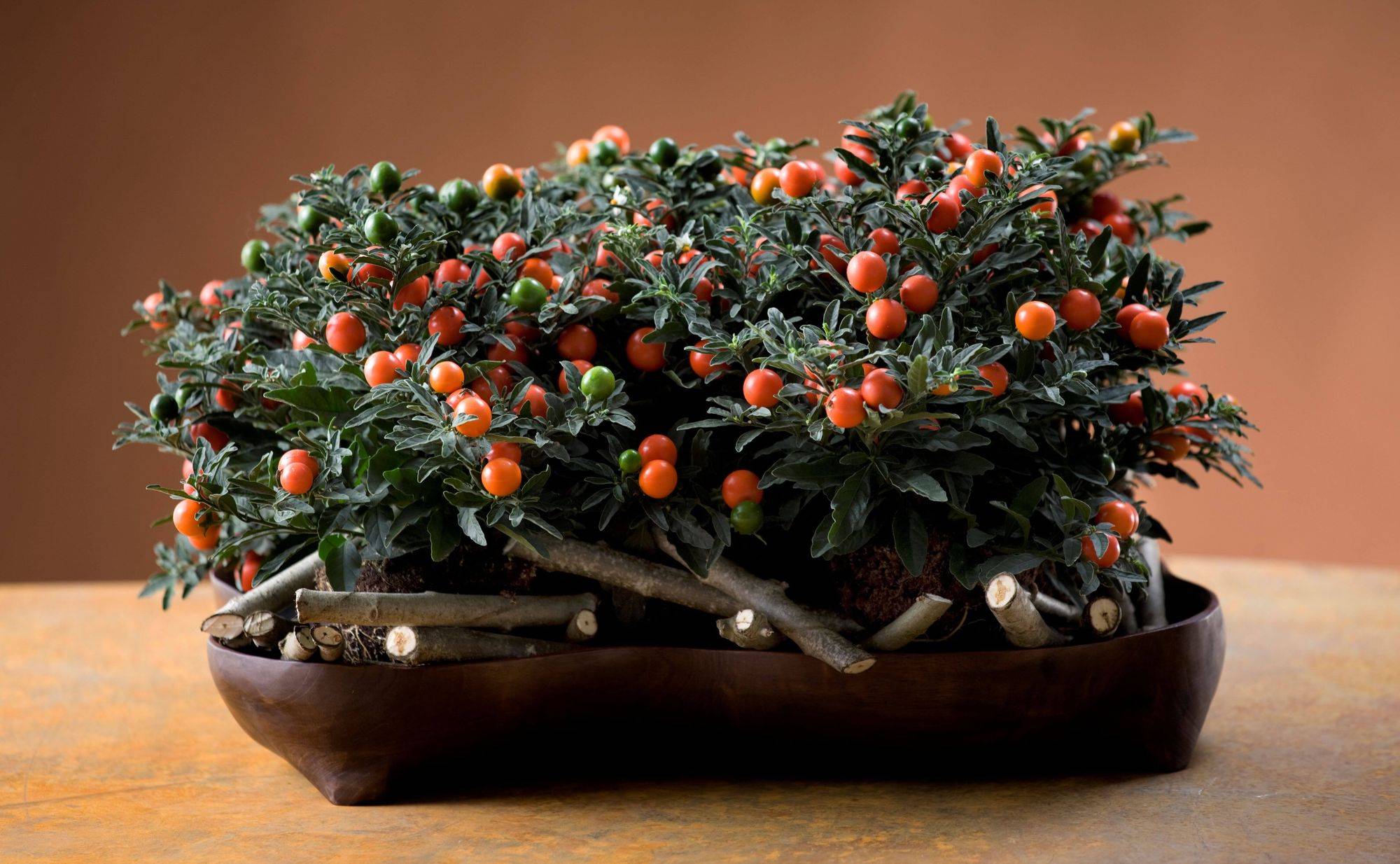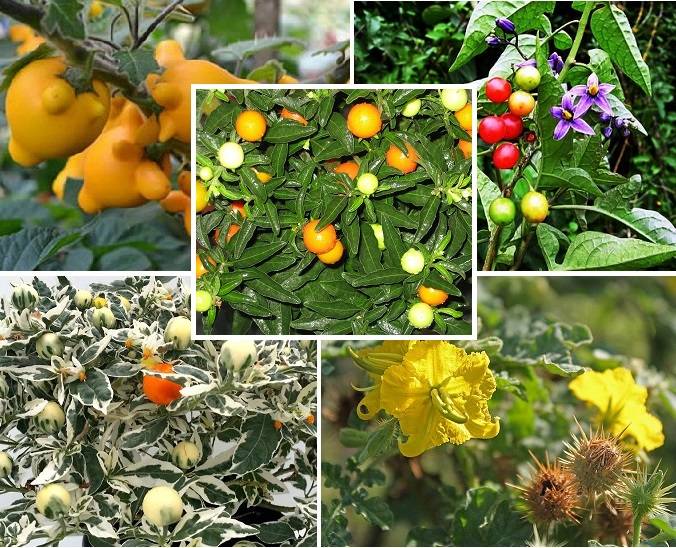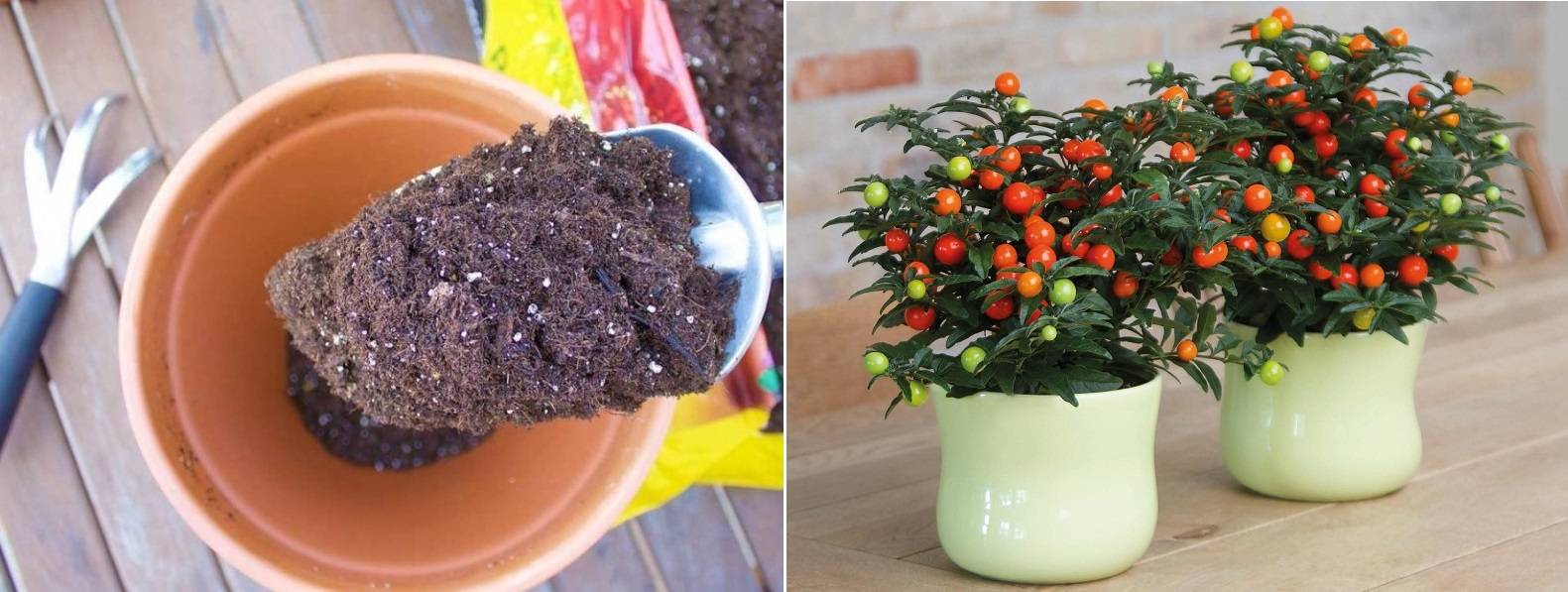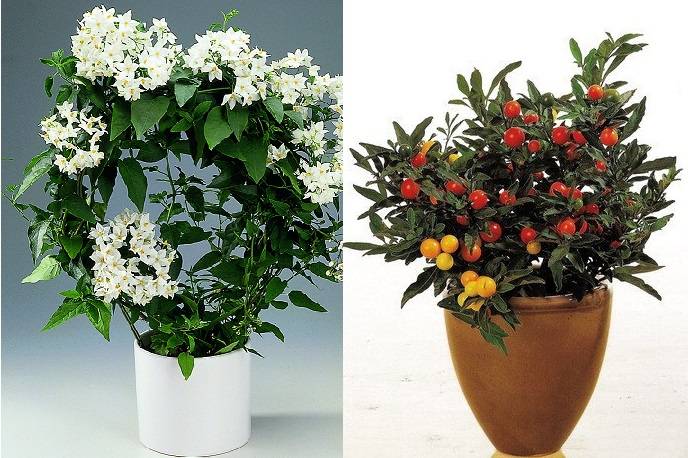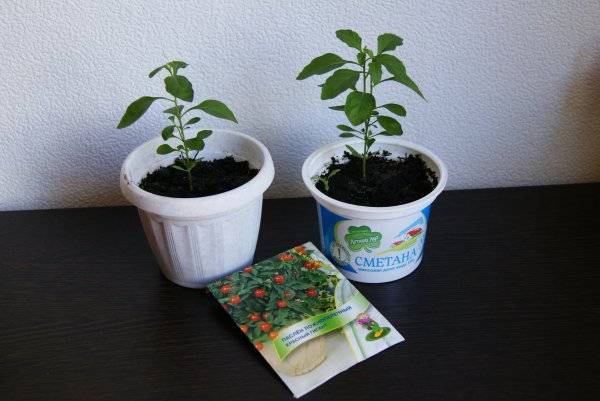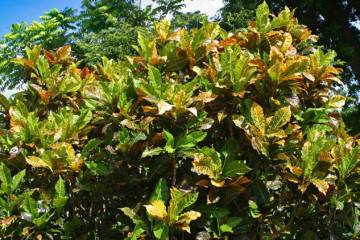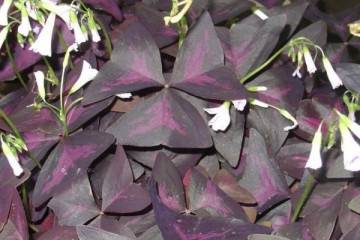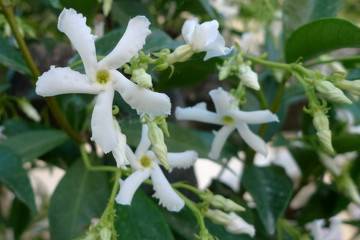Indoor nightshade: examples of care and the main varieties of plants
Content:
The plant solanum (Solanum) or nightshade from the Solanaceae family is quite common in indoor floriculture. An unusual and decorative look is given to it by bright round fruits and berries and rich greenery. Having started this exotic flower at home, you should familiarize yourself with the rules for caring for it.
The main types of indoor nightshade
There are many species of nightshade in nature, native to the rainforests of South America. Only a few of them are grown at home. This is explained by the certain exactingness of the indoor nightshade to care and growing conditions.
False nightshade
An evergreen shrub with erect shoots, reaching a height of 120 cm in its natural habitat.
Leaves are oval, with short petioles. White flowers, about 1 cm in diameter, are arranged singly or form small clusters.
Fruits are berry-shaped balls about 1 cm in diameter, when ripe they acquire an orange-red, sometimes yellow color.
Pepper nightshade
It is similar in appearance to false-pepper nightshade, but has some excellent parameters:
- smaller size of the shrub itself;
- less lignification of shoots
- grayish edge on young shoots,
- smaller fruit size
- medicinal properties (helps in the treatment of angina).
Yellow papillary nightshade
For the bright yellow fruits of an unusual shape, this variety is also called "cow's udder".
The shrub is covered with soft leaves that look like small burdocks. The stems are thick and prickly. The flowers are small, purple or white. In their place, fruits of yellow or orange color are formed.
Loose jasmine nightshade
Evergreen climbing liana - thin, smooth green shoots can reach a length of 2 meters. Leaves are ovate, slightly elongated, up to 7 cm long and up to 3 cm wide. Flowers are about 2 cm in diameter, light blue or almost white, collected in panicle inflorescences.
Flowering lasts from early spring to mid-autumn. The fruits are round berries 1.5 cm in size, coral-red in color.
There are many wild varieties of the plant, including the prickly nightshade, named after the needles growing on its roots and flowers. This variety causes serious harm to livestock and is considered a weed that can displace all herbaceous vegetation in places of natural growth.
Home care conditions
Taking up the cultivation of nightshade as a houseplant, you need to create special conditions for it and properly care for the flower. This concerns the correct selection of soil mixtures, maintaining the temperature regime, adhering to the schedule of irrigation and dressing.
Temperature
During active growth and flowering, the room temperature should not exceed 20 ° C. Otherwise, the plant is at risk of being attacked by a spider mite, from which the homemade nightshade will wither and lose fruit.
With the onset of autumn, the temperature is lowered to 18 ° C, in winter the flower needs even more coolness - 10-16 ° C.Without cold wintering, solanum may not bloom in spring, which means it will not begin to bear fruit.
Top dressing
You need to start feeding a homemade nightshade flower from the very beginning of cultivation, when the seedlings rise to 10 cm in height.
During the growing season, the plant is fed at least once every 2 weeks, and sometimes more often, since the plant develops, blooms and bears fruit very actively. For this, universal complex formulations for flowering plants are used. Closer to autumn, the number of dressings is gradually reduced, reducing it to naught by winter.
The soil
When replanting an indoor nightshade flower, use ready-made soil for flowering plants, although you can prepare the mixture yourself. For this, the following components are mixed in equal parts:
- garden land;
- peat;
- humus;
- coarse river sand.
In any case, the soil must be disinfected before use, protecting the shrub from various diseases.
Watering
Simultaneously with the rise in temperature after wintering, the number of waterings is gradually increased. A flower may react badly to a sharp change in the irrigation regime and discard foliage.
It is important to provide the most abundant moisture during flowering and fruiting, although you should not overdo it so that the roots do not rot. A prerequisite is the presence of a drainage layer in the bottom of the pot and holes for draining excess water. It is advisable to additionally spray nightshade during the summer months.
From November to spring heat, the frequency of watering is reduced to a minimum, allowing the soil to dry well. The least moisture is required for the shrub in winter, during the dormant period.
Plant transplant
Ornamental nightshade is transplanted annually, immediately after wintering and before the onset of a period of active growth and flowering. At this time, the bush usually sheds fruits and leaves, and therefore it is easier to tolerate such manipulations.
The transplant is carried out by the transshipment method, trying to preserve the earthen lump and not disturb the roots. The pot is taken 2-3 cm larger than the previous one. The shoots are greatly shortened with sharply sharpened sterile scissors by about 1/3. With the beginning of the growing season, solanum will quickly recover.
Pruning nightshade
Planned flower pruning is carried out in the spring, simultaneously with the transplant. In addition, indoor nightshade requires constant formative pinching of shoots, since it grows very quickly.
This procedure helps to give the bush the shape of a ball, which has a beneficial effect on its decorative qualities.
Fruiting
Nightshade looks very attractive almost all year round. The flowering period is gradually replaced by the formation of fruits, the bush is covered with glossy berries, which eventually acquire a bright orange color. After the fruits ripen and fall off, the plant begins to bloom again.
Whether the decorative nightshade begins to bloom and bear fruit at home depends on the care: air humidity, temperature and sufficient watering. When the conditions are met, bud and fruit formation will be abundant.
If the number of cherry-like fruits is too small, then it is recommended to carry out artificial pollination of flowers in the next season.
Reproduction methods
The nightshade plant can be propagated by cuttings and sowing seeds. But it should be remembered that in the latter case, the young plant will later begin to bloom and bear fruit.
Propagation by cuttings
The procedure for propagating solanum by cuttings is usually combined with pruning and transplanting a flower.
The harvested shoots with an oblique bottom cut are placed in water with the addition of growth stimulants. The cuttings are kept in water until they give roots, after which they are planted in the ground.
It is allowed to immediately plant the nightshade cuttings in the ground, but then they need to provide greenhouse conditions by covering with a transparent glass jar or stretching the film.
Seed propagation
Having decided to germinate nightshade from seeds, sifted leafy soil is poured into a convenient container. The seeds are carefully scattered over the soil surface, covered with a 1 cm layer of sand on top. After that, they are carefully moistened by spraying, so as not to displace the seeds, and covered with glass.
A container with seedlings is placed in a room with an air temperature of about 22 ° C. The first shoots will appear after 2 weeks. As they grow, they dive, and later they are planted in separate pots.
Growing any ornamental plants requires attention, especially if they are tropical flowers. Strict adherence to the rules of care recommended by experienced growers for growing this indoor plant with bright red berries is important. Only in this case will it delight with lush flowering and an abundance of fruits.
